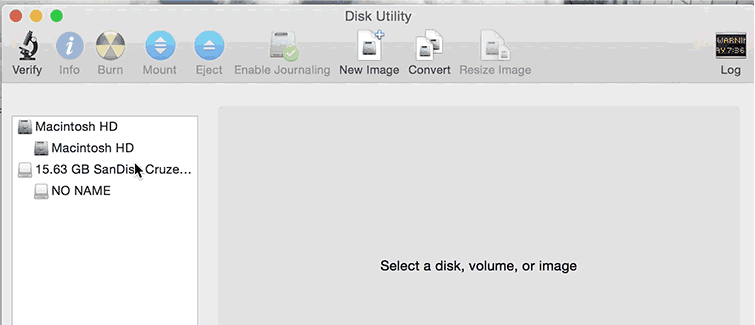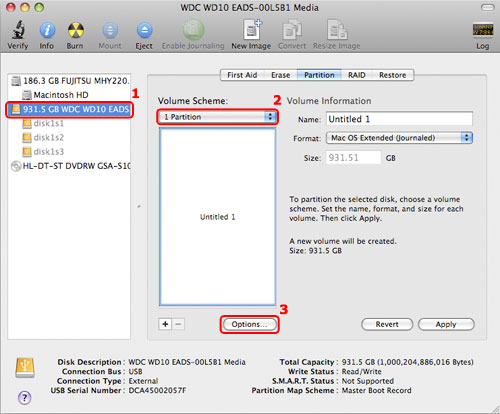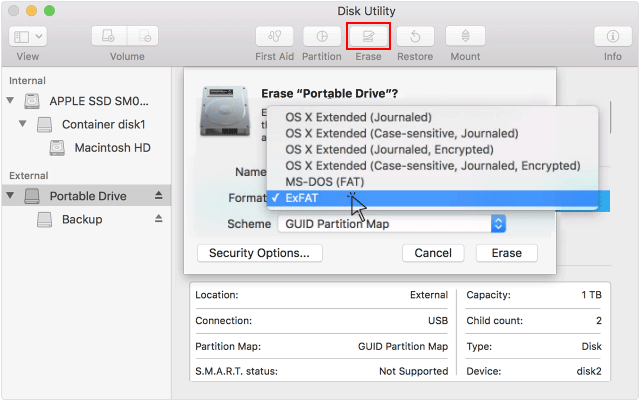

- Format hdd for windows on mac how to#
- Format hdd for windows on mac software#
- Format hdd for windows on mac Pc#
- Format hdd for windows on mac free#
From here, you can manage and export files and folders from the drive to your computer. HFS Explorer will automatically recognize the drive and show its content. To access data from an HFS+ drive with HFS Explorer, connect the drive, open the program, and go to File > Load File System From Device.

Additionally, it’s quite simple to use and doesn’t require much effort.
Format hdd for windows on mac free#
The reason for using HFS Explorer is because, first and foremost, it’s free unlike other programs from this list. After the scan is complete, the repair process will replace damaged files with fresh Windows files and components.
Format hdd for windows on mac Pc#
Run a PC Scan with Restoro Repair Tool to find errors causing security problems and slowdowns.
Format hdd for windows on mac how to#
How to read a Mac-formatted drive on a Windows PC? There are a few useful programs that allow us to read HFS+ drives on our Windows PCs without formatting them.Ĭheck out our top picks below. In that case, we should look for help from a third-party solution. This is fine if you just want a free drive to use, but if you have some data to access, click Cancel and use one of the following programs to make the hard drive readable. If you choose to format, it will erase everything from the drive and you’ll end up with an empty space. The following message will appear: You need to format the disk in drive X: before you can use it. Don’t format the drive by yourself!Īs soon as you connect a Mac-formatted drive to a PC, you’ll be asked to format a drive. However, some people might need to load an HFS+ drive but don’t have a Mac nearby. That way, wider compatibility means more customers. As you may have heard, Windows uses the NTFS file system while Mac uses HFS+.Īlternatively, most hard drives and USB flash drives are formatted with the FAT32 file system, recognized by both PCs and Macs. But besides their many major differences, there are also smaller distinctions that separate Microsoft’s and Apple’s operating systems.įor example, Windows and Mac computers use different file systems for reading hard disks and removable drives. It’s obvious that Windows PCs and Mac computers are quite different.
Format hdd for windows on mac software#
If these are very important files, you can also back them up to a (paid) cloud storage service using something like DropBox, OneDrive, Google Drive, or iCloud Drive.Home › Software › Software to read Mac formatted drive on Windows If you store these files on one external hard drive, you should use a second external hard drive for the Time Machine backups, and configure Time Machine to backup the first external hard drive. Data corruption can occur as well, turning the contents into an unrecoverable mess. After the fourth year of ownership/usage, hard drive failure rates skyrocket. If these are important files, you should always keep two copies of them at an absolute minimum (three is strongly recommended.) External hard drives fail all of the time for many different reasons, sometimes without warning, and hardware data recovery can range from $400-3,000 per incident.

This, while free, is not a good idea as this is an experimental feature that is not predictable, and data loss while using this feature has been reported.) (4 - enable OS X's experimental NTFS write support. (3 - use a cloud storage service to act as a temporary storage medium ) (Some strong opinions exist on the practicality of using Apps for NTFS write support.) IMO, this is less ideal than option number 1. Also, if your current hard drive is more than 5 years old, it probably is nearing the end of its service life and needs to be replaced.Ģ - purchase an App like Tuxera, Fuse, or Paragon that allows you to read and write to NTFS drives. I agree with others - you have two viable options:ġ - purchase a second hard drive, format the new hard drive in HFS+, transfer the files from the NTFS drive into the new HFS+ external, and then format the old NTFS drive to HFS+, ExFAT, or FAT32.


 0 kommentar(er)
0 kommentar(er)
